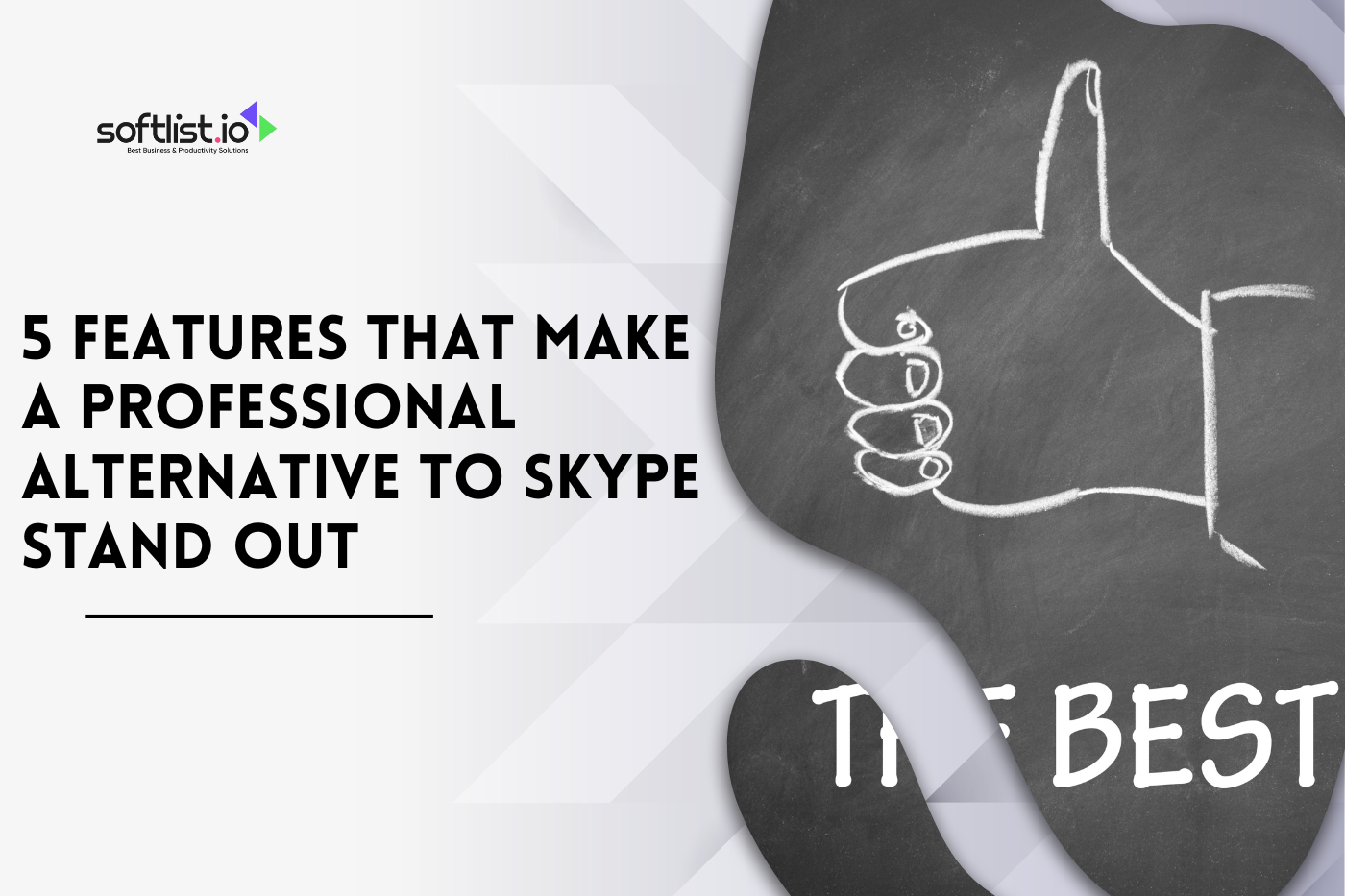A ‘smart office’ is an office that’s equipped with advanced technology – Smart Tech. It’s designed to improve productivity, efficiency and comfort.
This concept integrates various intelligent systems and devices:
- Internet of Things (or ‘IoT’) gadgets
- automated lighting
- climate control
- AI-powered tools
These tools help to create an environment that adapts to the needs of its occupants. Smart offices use data and connectivity to help with admin tasks. They can:
- streamline operations
- enhance communication
- ensure a more flexible and responsive working environment.
The Importance of Smart Tech in Modern Business Offices

Source: Unsplash.com
Smart offices are workspaces that work for you. In contemporary business, they offer great advantages, including:
- Enhanced Productivity: Routine task automation and efficiency tools
- Improved Comfort and Well-being: Ergonomic designs and environmental controls create a healthier workplace
- Cost Efficiency: Energy-efficient systems optimize the use of resources and help reduce operational costs
- Flexibility and Adaptability: Smart offices can adapt to different business needs.
The Evolution of Office Technology
The transition from traditional offices to smart offices was a significant shift. It made a huge difference in how we design and use workspaces.
Traditional offices had static setups with fixed layouts and limited technology integration. Their primary focus was physical infrastructure.
Over time, the evolution towards smart offices has involved:
- Introduction of Digital Tools: Computers and basic software improved administrative tasks and communication.
- Networked Systems: The internet brought interconnected systems, with dynamic and flexible workflows.
- Mobile Technology: Smartphones and tablets enable remote work and on-the-go productivity.
- Cloud Computing: The cloud revolutionized data storage and collaboration.
Key Milestones in Office Technology Advancements

Source: Unsplash.com
Several pivotal moments have marked the journey towards smart offices:
- 1980s – The Personal Computer (PC) Era: The widespread adoption of PCs. Task handling became more efficient. It also allowed for digital record-keeping.
- 1990s – The Internet Boom: Email and web-based applications changed how businesses operated. This introduced a whole new level of connectivity.
- 2000s – Mobile and Wireless Technologies: Smartphones allowed for more flexibility. The wireless internet contributed more to it.
- 2010s – The Rise of IoT and AI: Smart devices and AI began to automate and optimize office functions.
- 2020s – Integration and Personalization: IoT systems make work environments more efficient.
2024 and ‘On the Go Trend’ – Rented Office Spaces
Short-term office rentals are temporary workspaces for brief periods. These can range from a few hours to several months. These rentals offer several key advantages:
- Flexibility: Scale up or down fast. This accommodates fluctuating team sizes or project-based work without long-term commitments.
- Cost-Effectiveness: They are often more affordable. They don’t need long-term financial commitments or investments in permanent infrastructure.
- Immediate Availability: Usually ready-to-use, with (usually) basic amenities. Basic means internet access, desks, and chairs. This allows for quick setup and minimal downtime.
- Minimal Upfront Investment: Short-term rentals usually come furnished and equipped. If there’s a demand, they’ll secure a device. This eliminates the need for tenants to transport their office equipment.
Long-term office rentals are for businesses seeking stable and permanent workspaces. This usually means for a year or more. These rentals emphasize consistency, high standards, and the ability to personalize the space:
- Customizability: Customize the space to better suit their brand identity and functional requirements.
- Investment in Quality: Businesses can invest in higher-quality furnishings, technology, and infrastructure. The reason is the long-term commitment and higher returns.
- Stable Operating Base: A stable operational base needs a more consistent location.
- Enhanced Amenities: Long-term rentals usually come with better amenities and services. Security systems are more advanced, they have dedicated meeting rooms and comprehensive maintenance.
Adjusting Quality and Features Based on Duration of Stay
Oftentimes, rented offices need to adjust the quality and features. Here is how to balance cost and functionality:
- Short-term Needs: Basic office equipment, high-speed internet, and shared conference rooms.
- Long-term Needs: Ergonomic furniture, sophisticated technology systems, and personalized decor. They might also include space expansion and interior modifications.
The needs differ. One might be renting for a day or a decade. The office space needs to support the business’s productivity and growth.
Comprehensive List of Smart Office Features

Rentals develop a reputation by ensuring a more productive and efficient workspace. It’s beneficial for both parties.
Ergonomic Furniture and Accessories
- Short-term Rentals: Basics only.
- Long-term Rentals: Adjustable desks, supportive chairs, and ergonomic accessories. Footrests and monitor stands, along with more gadgets improve employee health and productivity.
Smart Lighting Systems
- Short-term Rentals: Standard lighting with basic adjustability can meet immediate needs.
- Long-term Rentals: Advanced smart lighting systems that adjust. They do this based on natural light levels, occupancy, and time of day.
Climate Control and Energy Efficiency
- Short-term Rentals: Basic climate control settings.
- Long-term Rentals: Intelligent climate control systems that learn user preferences and adjust. They optimize energy use and maintain ideal working conditions. Cost savings become significant over time, as well.
AI-Powered Gadgets and Devices
- Short-term Rentals: Essential gadgets like smart assistants or basic automation tools will suffice.
- Long-term Rentals: A comprehensive array of AI-powered devices. Virtual assistants for managing schedules, AI-driven analytics for workflow, and automated administrative tools. These can enhance operational efficiency.
Security Systems and Access Control
- Short-term Rentals: Basic security measures and access control systems. Something like a keycard entry will suffice.
- Long-term Rentals: Biometric access control, smart surveillance cameras, and real-time monitoring, are essential. They provide robust security, protecting sensitive data and ensuring the safety of employees.
Internet of Things (IoT) Integration
- Short-term Rentals: Minimal IoT integration.
- Long-term Rentals: Full IoT integration is crucial, enabling seamless connectivity between devices. Smart sensors for occupancy, environmental monitoring, and device management.
Benefits: Cost Savings and Operational Efficiency
- Short-term Rentals: Efficient use of available smart features can still reduce operational costs.
- Long-term Rentals: The benefits are more pronounced. Smart office technologies lead to significant costs. The savings are visible through reduced energy consumption, maintenance costs, and enhanced productivity. Operational efficiency can improve through automation, streamlined processes, and better resource management.
How Smart Technology Enhances Productivity
Improved Work Environment and Comfort
Smart technology enhances the work environment. It makes it more comfortable and conducive to productivity.
Automation of Routine Tasks
Automation is a cornerstone of smart offices. AI-powered gadgets and devices can take over repetitive tasks. Employees can concentrate on more strategic and creative activities.
Enhanced Communication and Collaboration Tools
Smart technology facilitates better communication and collaboration through advanced tools and platforms:
- High-quality video conferencing systems
- real-time collaborative software
- smart whiteboards
These tools enable seamless interaction among team members. Businesses can apply this within the same office or different locations. This improved connectivity fosters teamwork and accelerates project timelines.
Data-Driven Decision Making and Efficiency
Smart offices leverage data to drive decision-making processes. IoT sensors and AI analytics collect and analyze vast amounts of data. They look at everything from employee habits to energy usage.
This data helps make informed decisions that can identify areas for improvement.
Future Trends in Smart Office Rentals
The future of smart offices will be more influenced over time. The advancements in AI and machine learning will become irreplaceable. These technologies will enable more sophisticated automation, predictive analytics, and personalized user experiences.
AI-driven systems will learn from user behavior and preferences. The office environment will only get better!
Increased IoT Integration
IoT’s integration into office spaces will become more comprehensive. Future offices will create an integrated ecosystem.
Every element, from lighting to security, will work in harmony. This will lead to smarter, more responsive workspaces.
Personalized Workspaces
Personalization will be a key trend in future smart offices. Employees will have workspaces tailored to their individual needs and preferences. This customization will enhance employee satisfaction and productivity.
Sustainable Office Solutions
Sustainability will play a significant role in the development of future smart offices. Technologies that follow sustainable practices will be prioritized.
Hybrid and Flexible Work Models
The rise of hybrid and flexible work models will shape the future of smart office rentals. Smart technology will help seamless transitions between in-office and remote work. Flexible office designs will support the needs of a dynamic workforce even more.
Conclusion: Real-world Use Cases
Examples of Companies with the Greatest Smart Office Tech
Several well-known companies have integrated smart office technologies the right way. They have set benchmarks for others to follow:
- Google: Google utilizes a wide range of smart technologies. IoT-enabled devices, automated lighting and climate control, and AI-driven analytics. Their office design enhances creativity, collaboration, and employee well-being.
- Microsoft: Equipped with advanced technology, as well. AI-powered personal assistants, smart meeting rooms, and IoT sensors. The sensors check and adjust the environment in real time. These features contribute to a more efficient and productive workplace.
- Cisco: Cisco emphasizes advanced security systems. Then, they invested in connected workspaces and real-time collaboration tools. That has immediately improved employee productivity and operational efficiency.
Benefits Observed in Productivity and Cost Efficiency
The implementation of smart office technologies has led to many benefits, including:
- Increased Productivity
- Cost Efficiency
- Enhanced Employee Satisfaction
Final Thoughts on the Future of Smart Office Rentals
As AI and IoT technologies evolve, offices will become even more adaptive. They’ll be more personalized and efficient. Sustainable practices will become standard. The 2 imperatives – cost savings and environmental responsibility should lead to that.
Companies that embrace these technologies will enjoy increased efficiency and reduced costs. Also, they’ll enjoy a more satisfied and productive workforce.
FAQs
Can smart office technology be integrated into existing office spaces?
Yes, smart office technology can often be retrofitted into existing office spaces. Many solutions, such as IoT devices, smart lighting, and climate control systems, are designed to be easily added to current infrastructures without major renovations.
How secure is smart office technology?
Smart office technology includes advanced security measures like biometric access control, smart surveillance cameras, and real-time monitoring to ensure the safety of both data and employees. It’s essential to keep software and systems updated to protect against potential security breaches.
Are smart office rentals suitable for all types of businesses?
Yes, smart office rentals can benefit a wide range of businesses, from small startups to large enterprises. They offer scalability and flexibility, allowing businesses to choose the level of technology integration that best suits their operational needs and budget.
What is the environmental impact of smart office technology?
Smart office technology can significantly reduce the environmental impact of office spaces. Energy-efficient systems, automated climate control, and smart lighting can lower energy consumption, while IoT devices can help monitor and manage resources more sustainably.
How do smart offices support remote and hybrid work models?
Smart offices facilitate remote and hybrid work by providing advanced communication tools, such as high-quality video conferencing and real-time collaboration software. Additionally, mobile and cloud technologies enable employees to access office resources and work seamlessly from any location.






